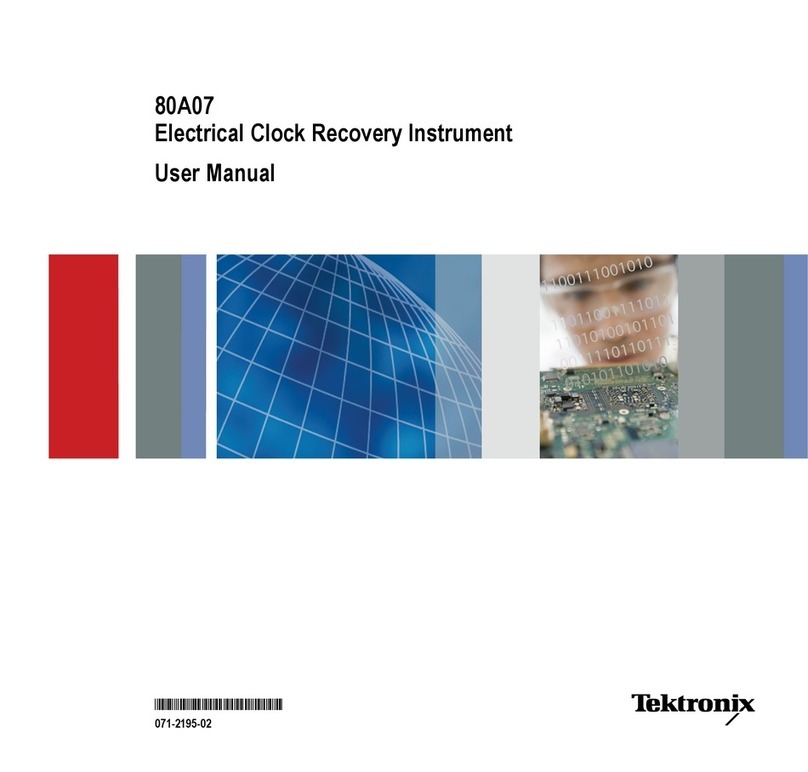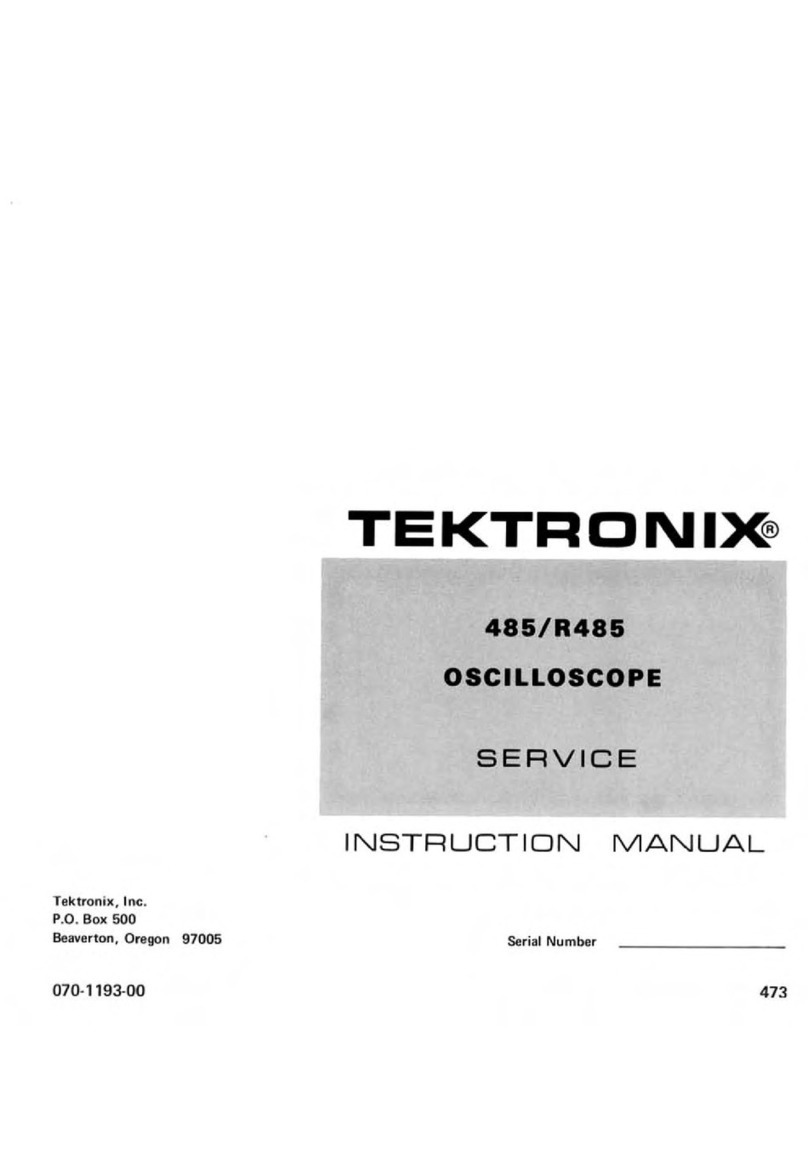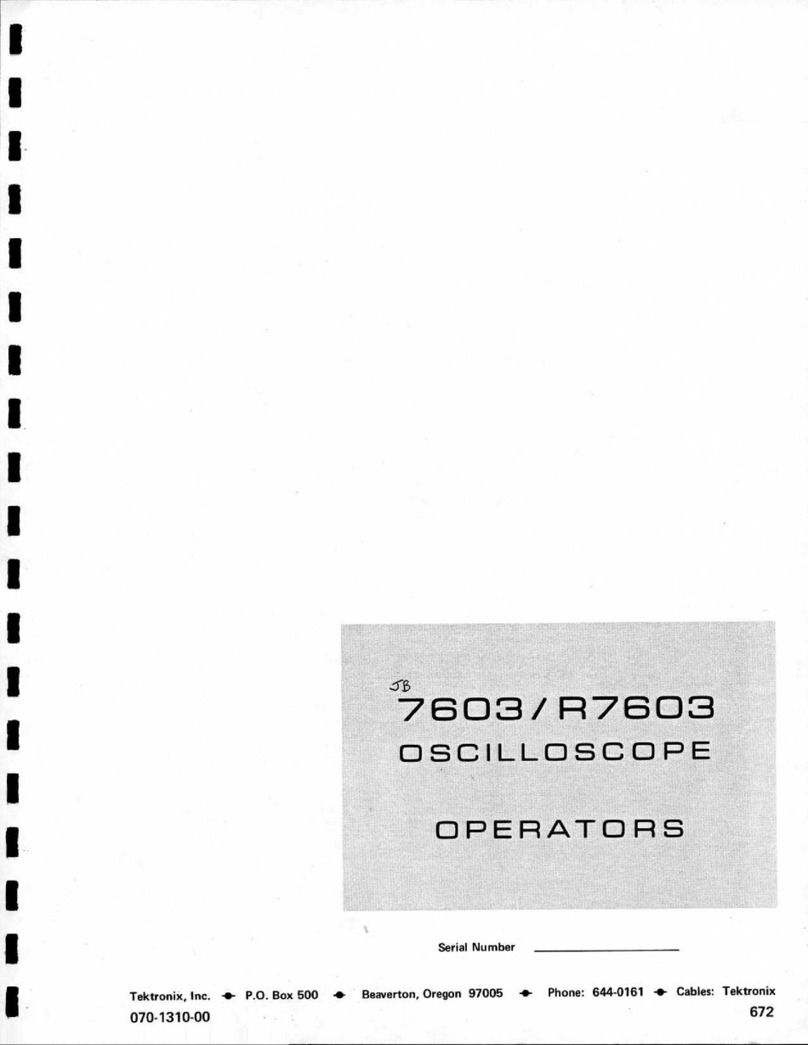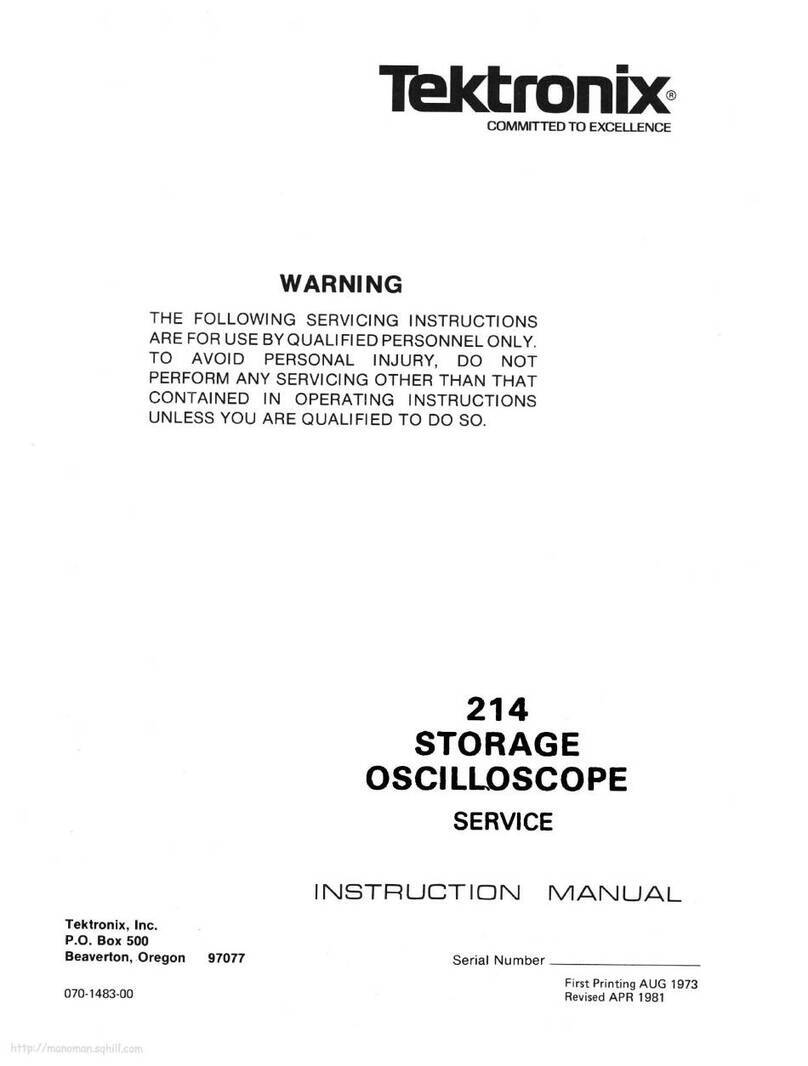Tektronix P5100A Use and care manual
Other Tektronix Test Equipment manuals
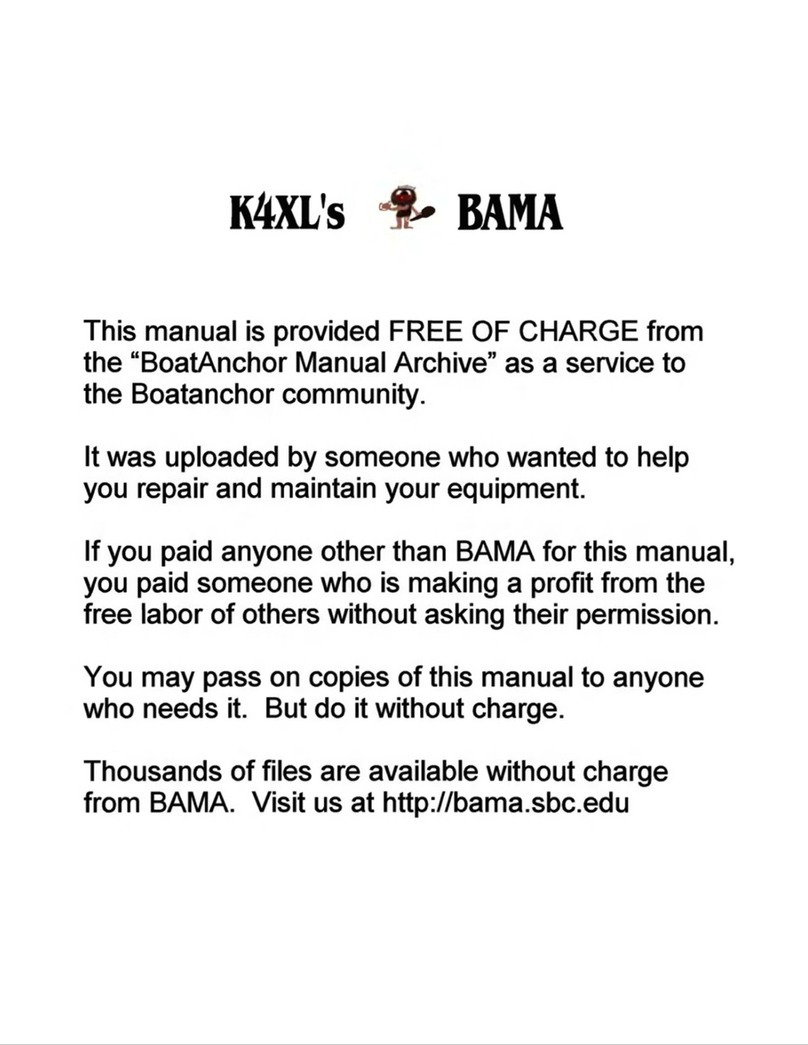
Tektronix
Tektronix 547 User manual
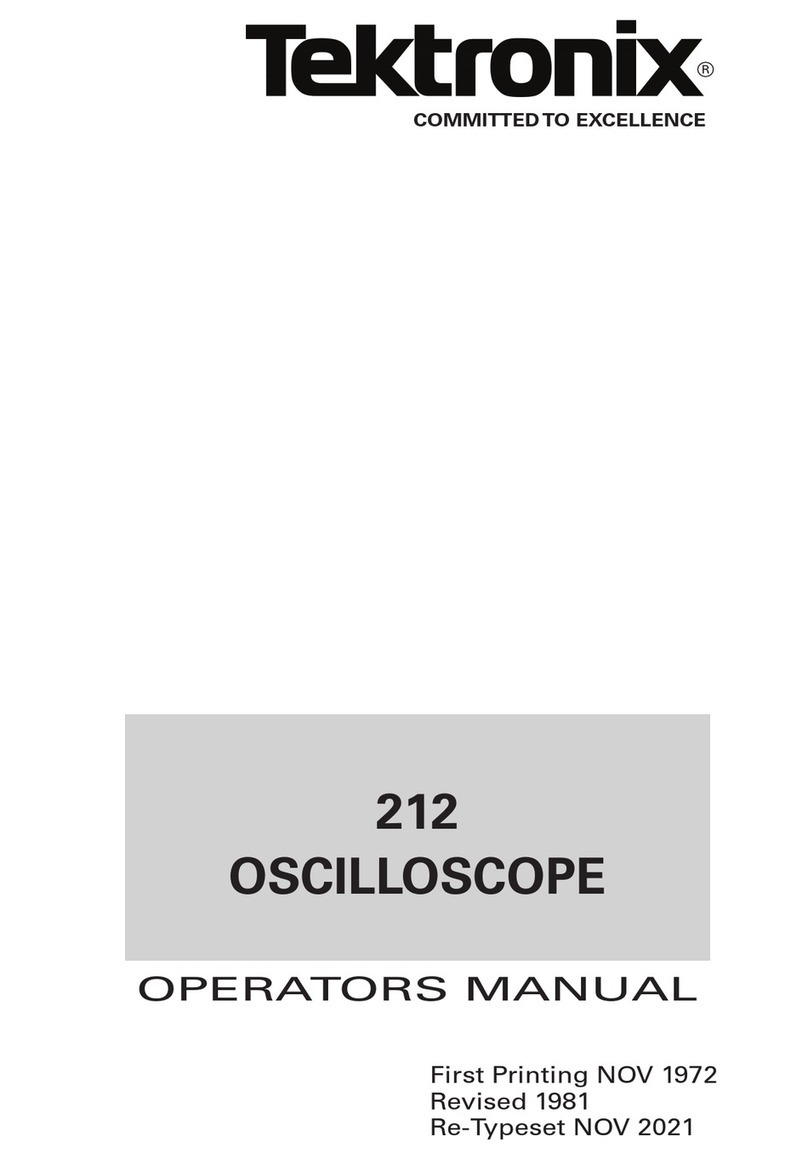
Tektronix
Tektronix 212 User manual

Tektronix
Tektronix OA 5000 Series User manual
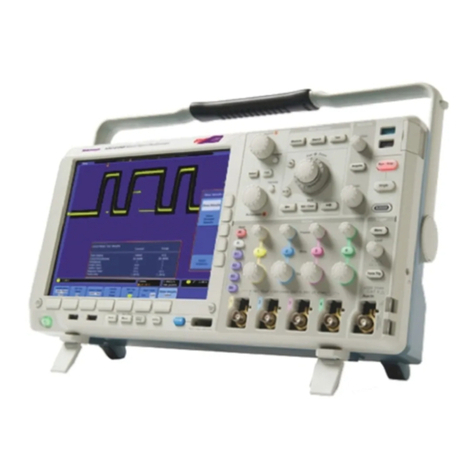
Tektronix
Tektronix MSO4104B User manual
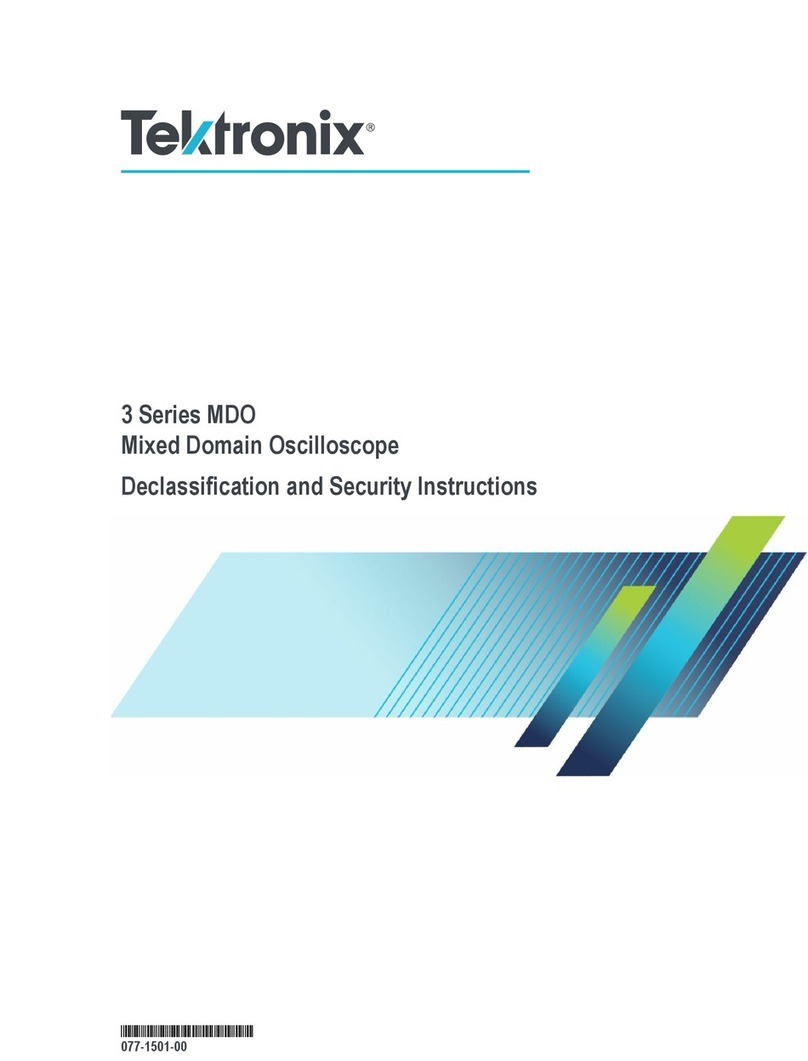
Tektronix
Tektronix MDO32 Installation and maintenance instructions
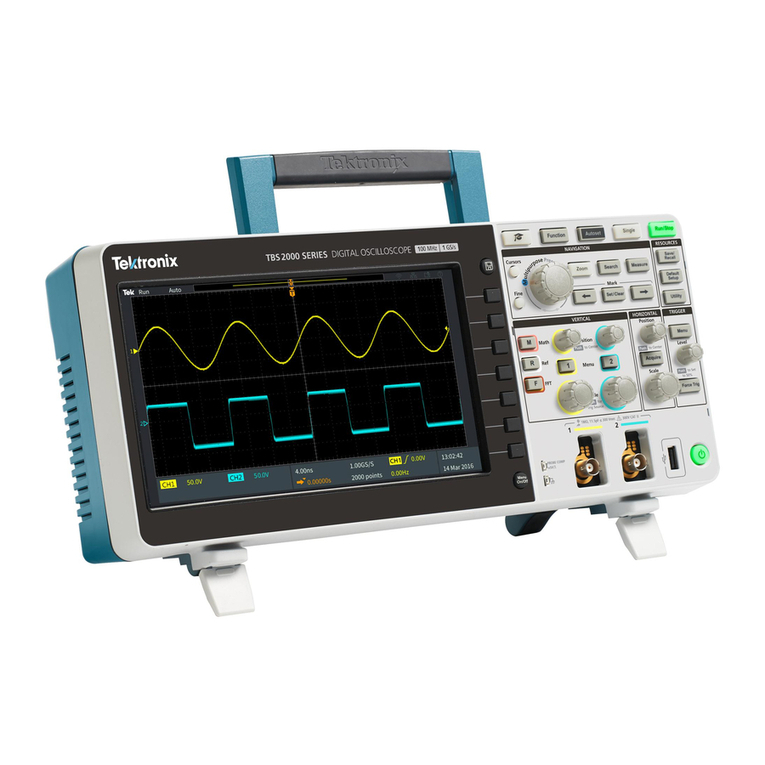
Tektronix
Tektronix TBS2102 User manual
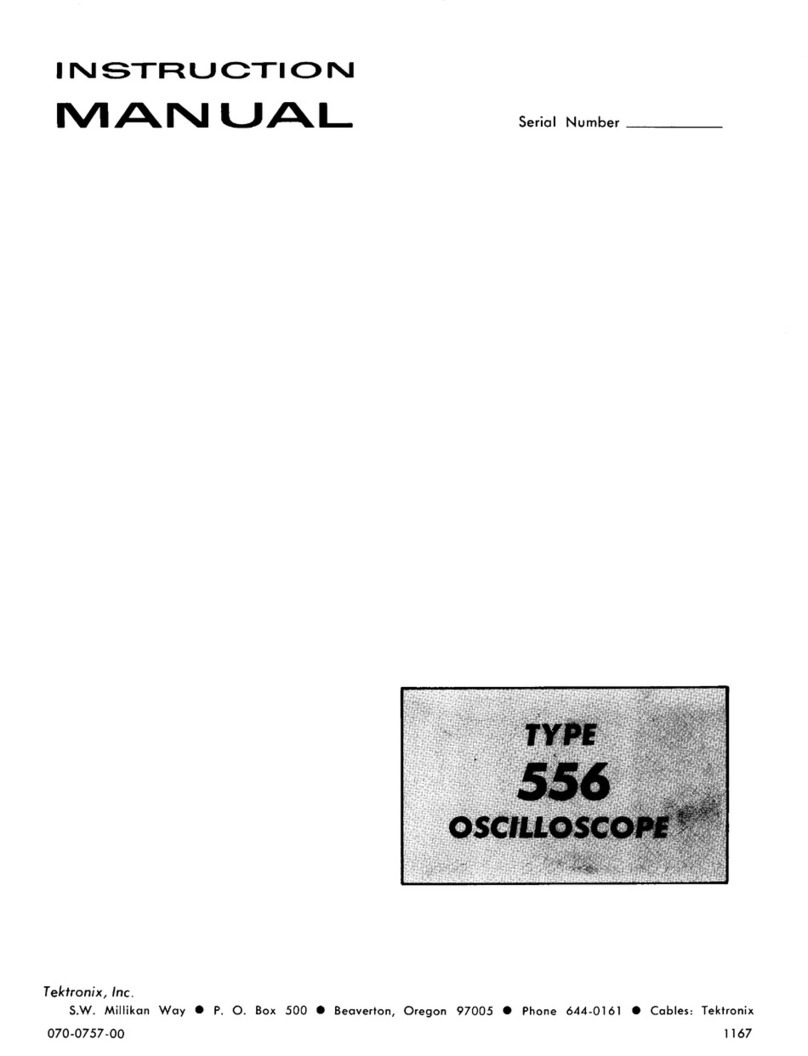
Tektronix
Tektronix 556 User manual

Tektronix
Tektronix 305 DMM User manual
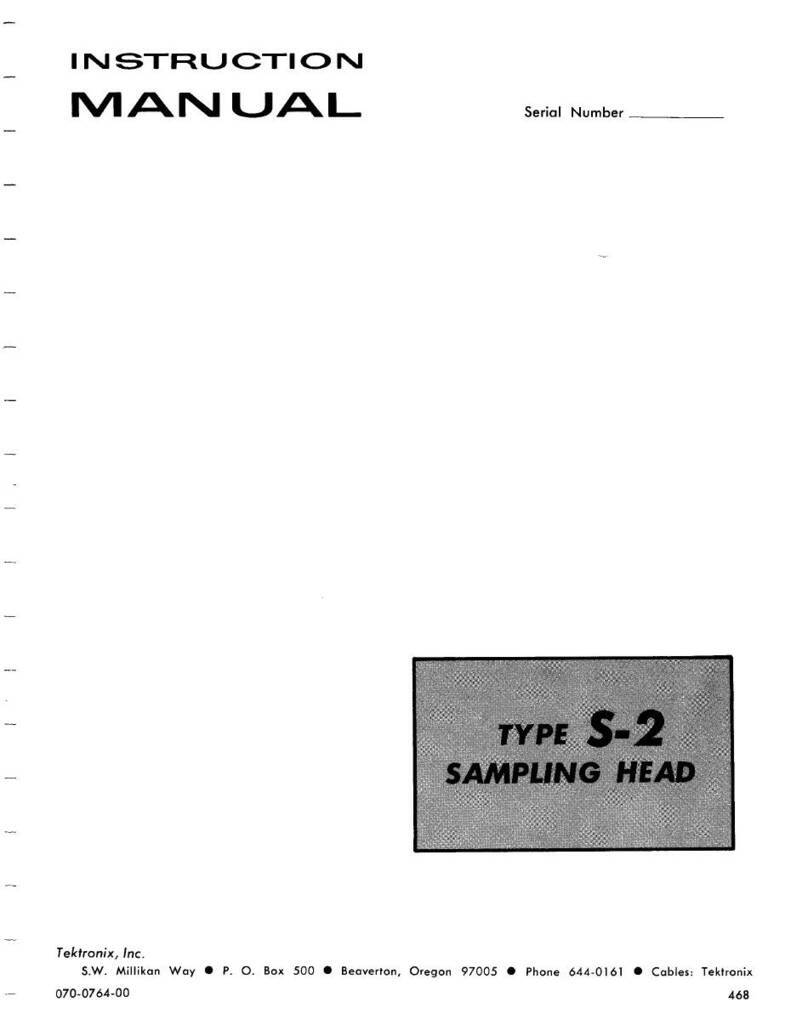
Tektronix
Tektronix S-2 User manual
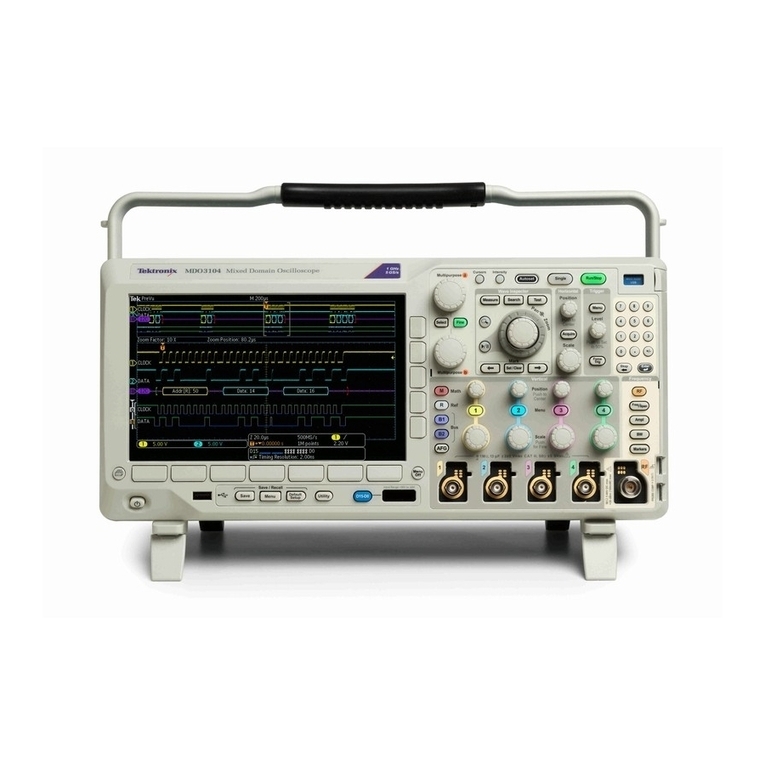
Tektronix
Tektronix MDO3104 User manual

Tektronix
Tektronix 4000 Series User manual

Tektronix
Tektronix TDS 420A Operating and maintenance manual
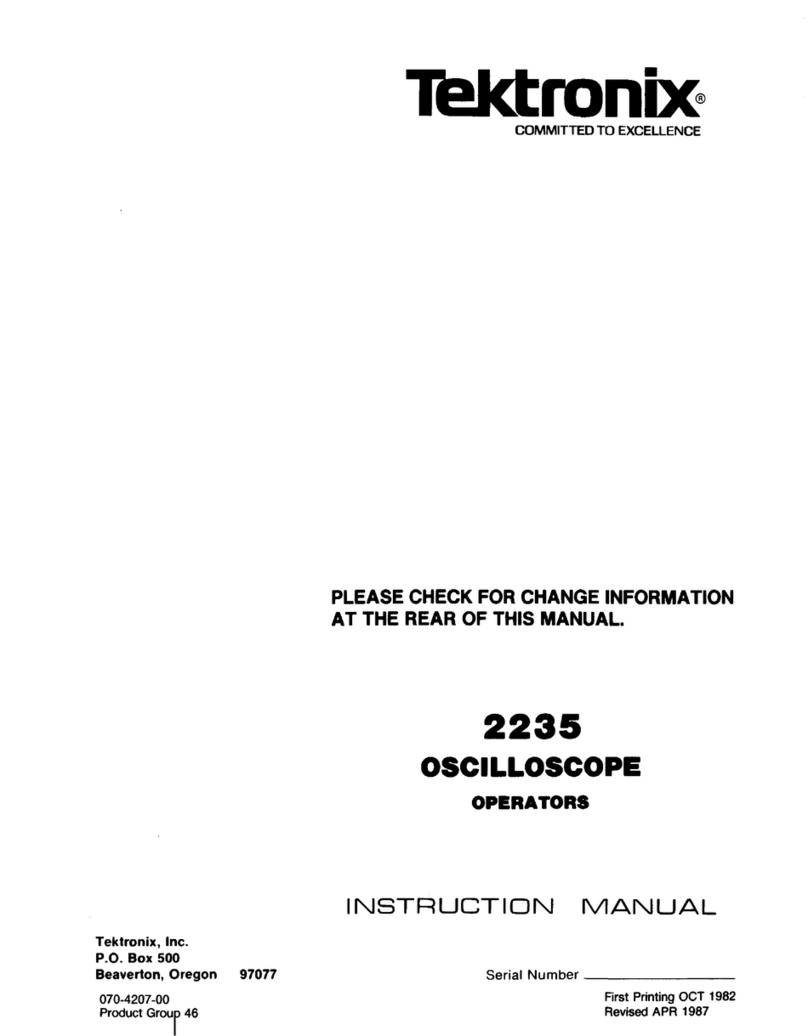
Tektronix
Tektronix 2235 User manual
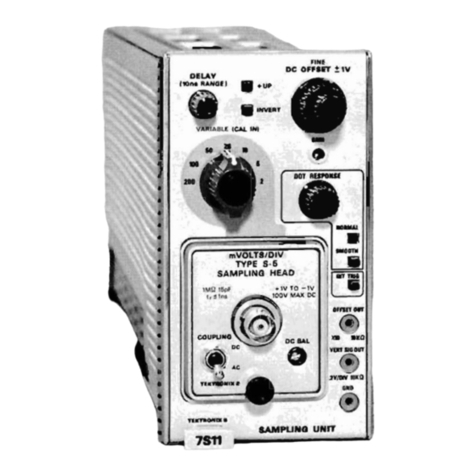
Tektronix
Tektronix 7S11 User manual
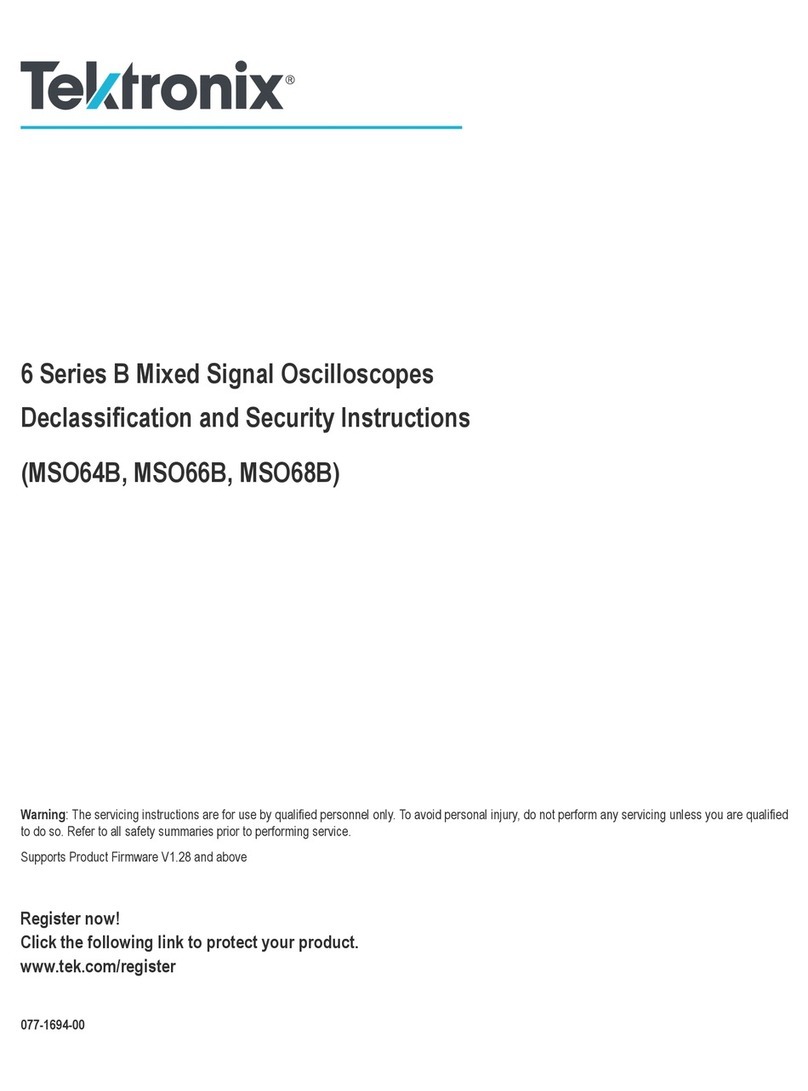
Tektronix
Tektronix 6 series Installation and maintenance instructions

Tektronix
Tektronix MDO3104 Manual
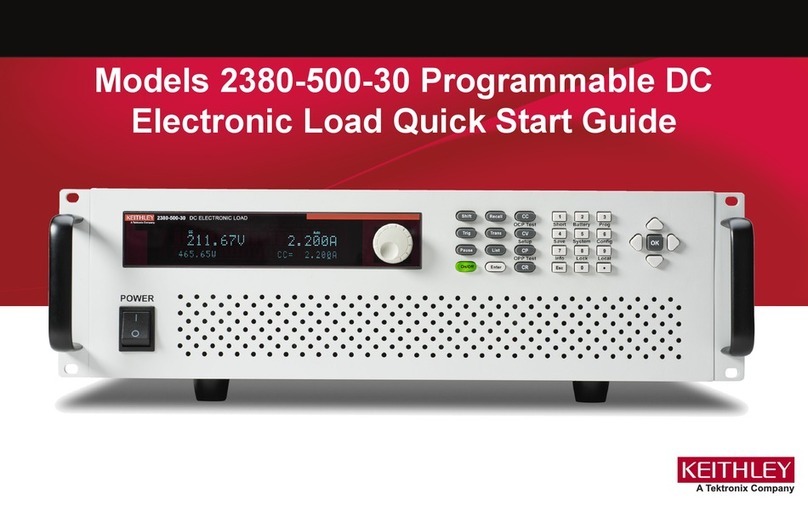
Tektronix
Tektronix Keithley 2380-500-30 User manual
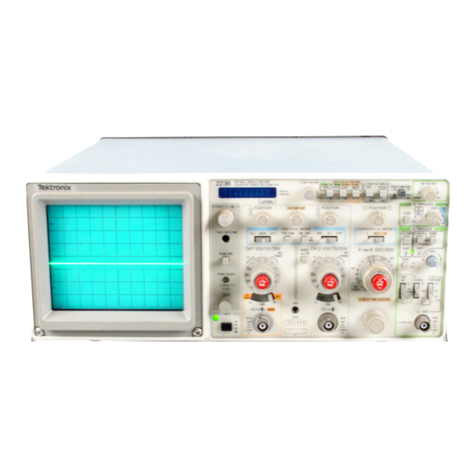
Tektronix
Tektronix 2236 User manual
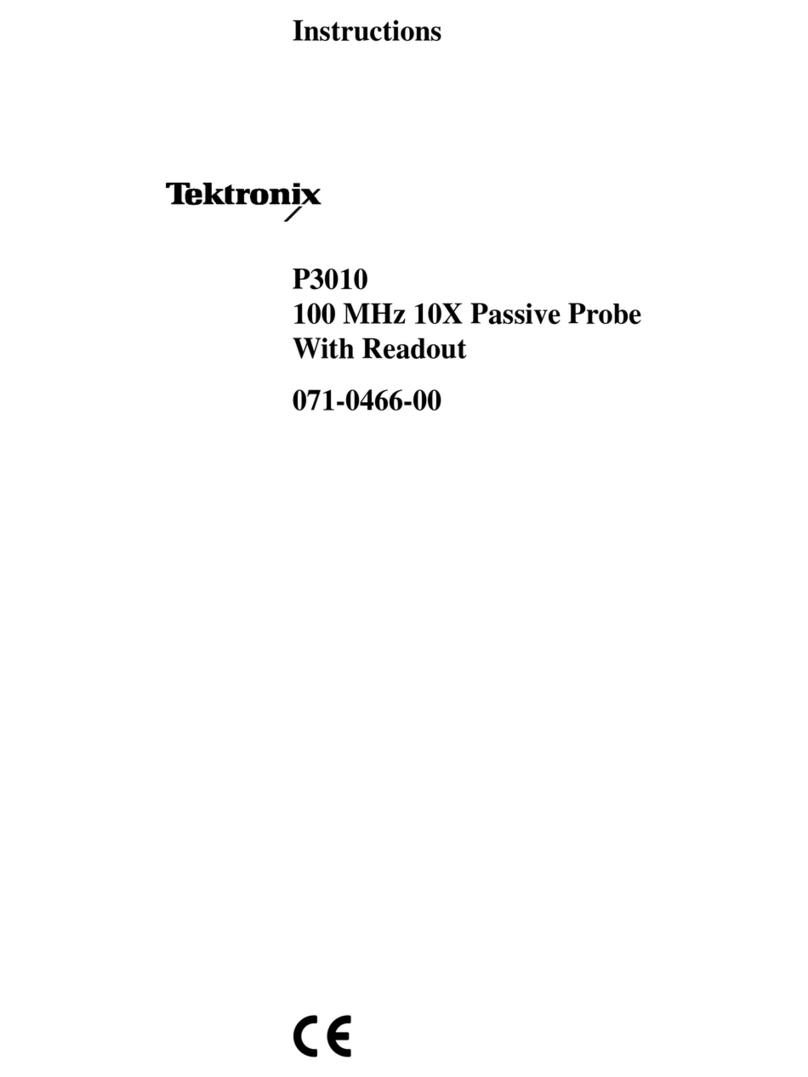
Tektronix
Tektronix P3010 User manual

Tektronix
Tektronix 314 User manual
Popular Test Equipment manuals by other brands

Redtech
Redtech TRAILERteck T05 user manual

Venmar
Venmar AVS Constructo 1.0 HRV user guide

Test Instrument Solutions
Test Instrument Solutions SafetyPAT operating manual

Hanna Instruments
Hanna Instruments HI 38078 instruction manual

Kistler
Kistler 5495C Series instruction manual

Waygate Technologies
Waygate Technologies DM5E Basic quick start guide

StoneL
StoneL DeviceNet CK464002A manual

Seica
Seica RAPID 220 Site preparation guide

Kingfisher
Kingfisher KI7400 Series Training manual

Kurth Electronic
Kurth Electronic CCTS-03 operating manual

SMART
SMART KANAAD SBT XTREME 3G Series user manual

Agilent Technologies
Agilent Technologies BERT Serial Getting started
